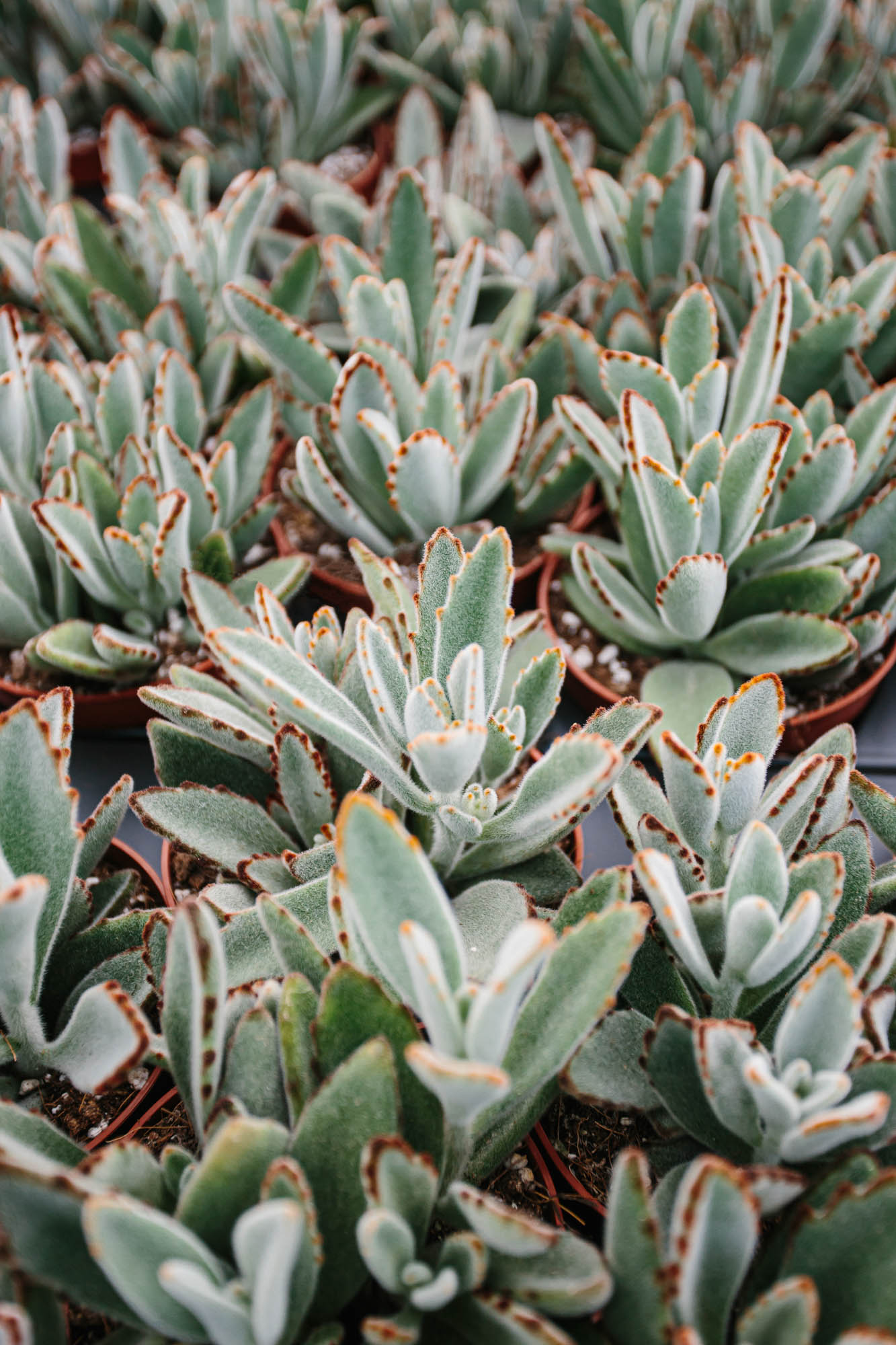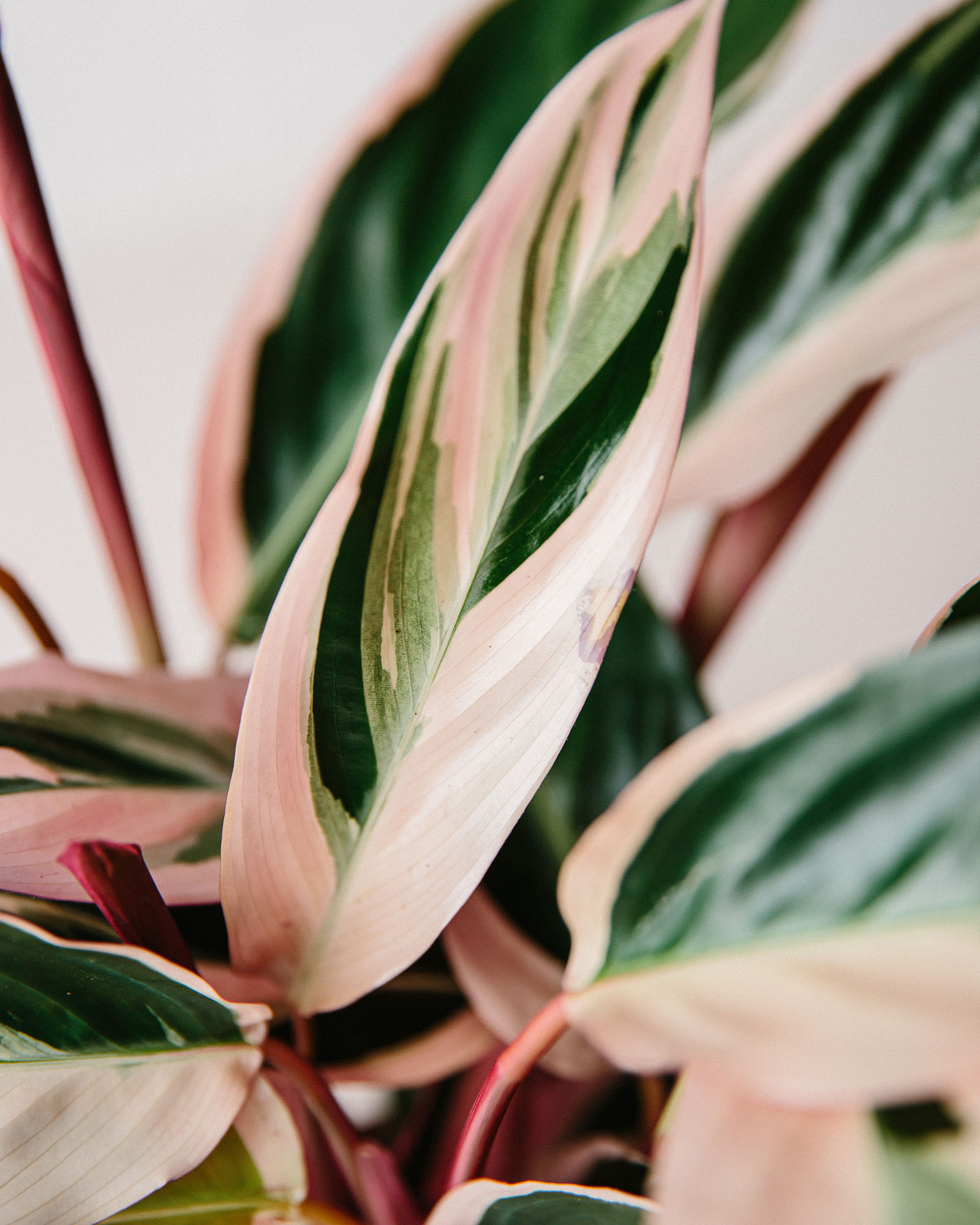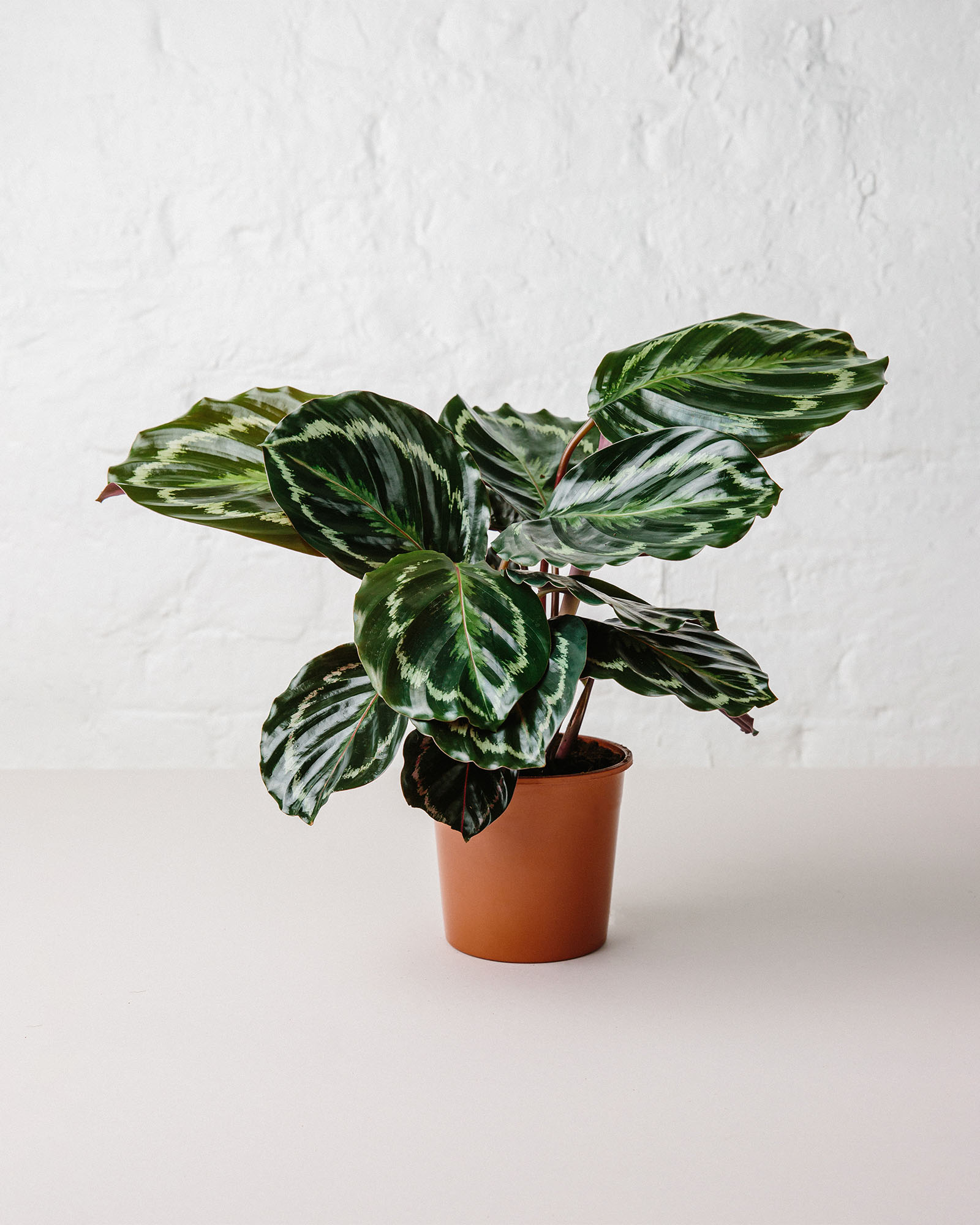
What exactly are variegated plants?

Words by Helen
Over the past few years, the plant industry has been seeing an ever-increasing trend when it comes to variegated plants. A huge range of plants grow leaves with unique colours and patterns, some more commonly than others, and it’s these rarer variegations that have become widely sought after amongst plant lovers.
So, what exactly is a variegated plant and why does it occur?
Exhibiting different colours, especially as irregular patches or streaksDefinition of Variegated
What are variegated plants?
Variegated plants consist of leaves that feature more than one colour, displayed in patterns or patches and coming in a variety of colours ranging from greens and yellows through to whites and pinks. Most commonly, variegated plants will feature just one additional colour, but can also grow with three or even four different colours present.

What causes variegation?
There are a few different types of plant variegation and different causes behind these types, some of which occur consistently within species, while others are more irregular. A significant difference is whether the variegation is stable or unstable, this determines the likelihood of the variegation surviving as well as its ability to pass characteristics from generation to generation.

Natural Variegation
Natural or pigmented variegation is when the patterns and colours of the plant are written into its DNA, this is a stable form of variegation and therefore will continually produce its familiar variegations throughout generations. Many well-known houseplant favourites have genetic patterns, so the term variegated refers to a much wider range than you may have first had in mind. While this variegation occurs naturally, plants can also often be selectively bred to enhance their naturally occurring patterns and create eye catching foliage that is guaranteed to be popular.
Chimeral Variegation
This type of variegation is caused by genetic mutation within plants and is often an unstable form of variegation. Plants with this mutation contain tissue that is unable to produce chlorophyll, leading to patches of whites or yellows growing on the leaves. Because this type of variegation is not within the DNA of the plant, it can be much harder to carry the pattern and colours throughout generations.
Unlike natural variegation, propagating and growing chimeral variegations can often be unsuccessful, making plants of this kind typically harder to produce and therefore more exclusive. This explains why rare variegated plants can be so sought after!
